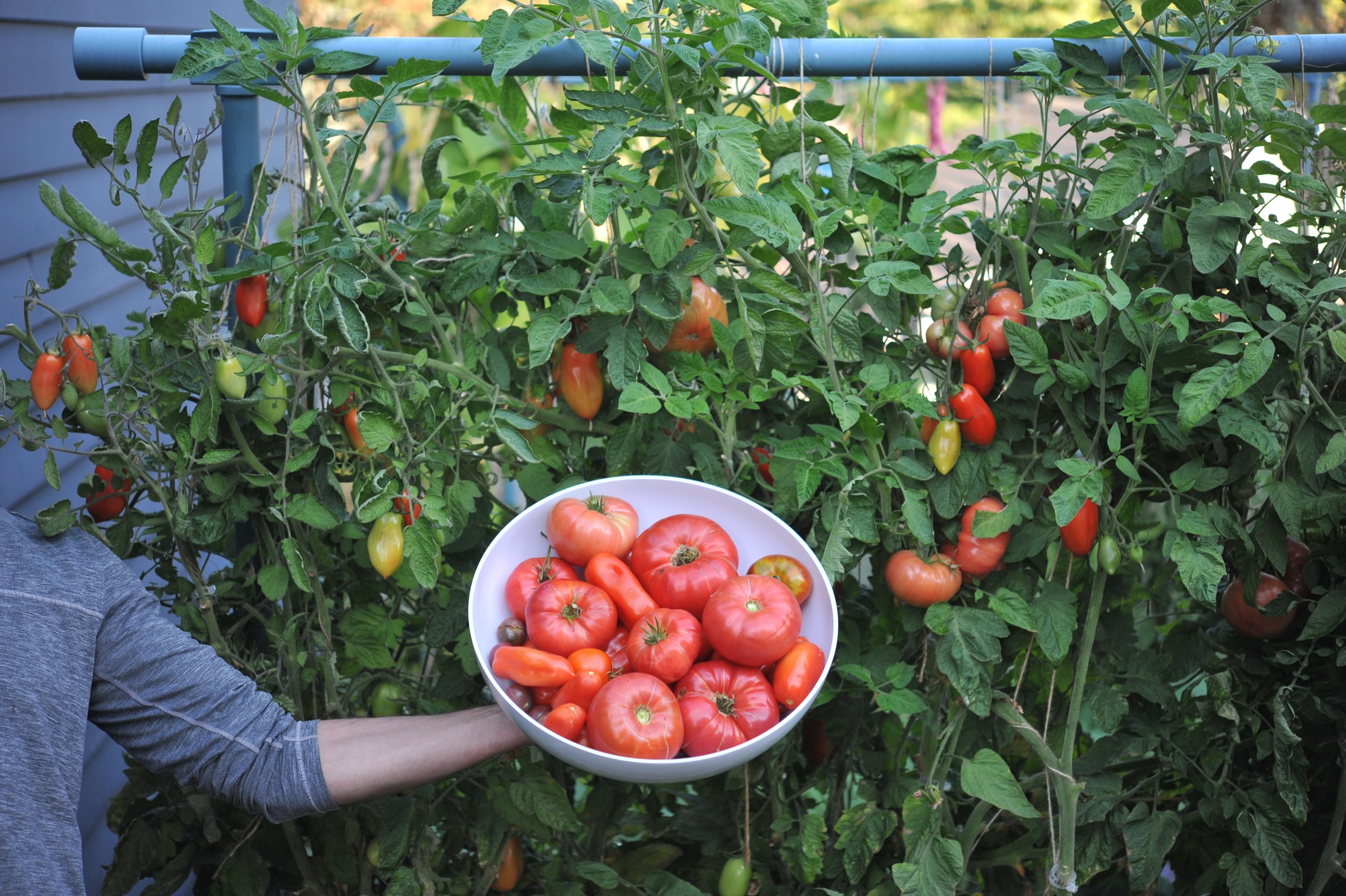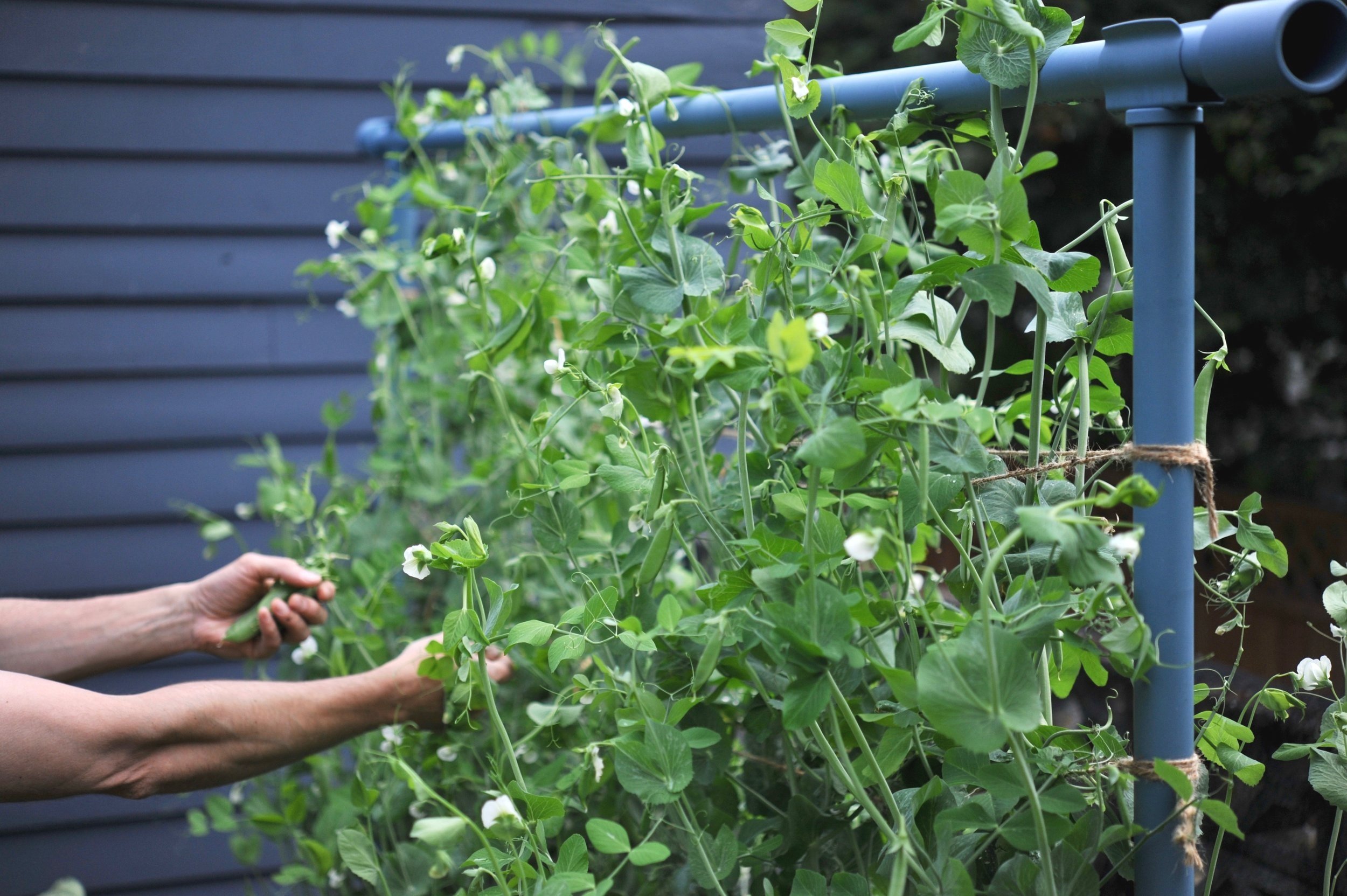Over the past two episodes, we discussed tools you can use to decide where your crops should be planted in a given season, but it's important to plan where to plant them from year to year. This week we are going to go over why you want to rotate and why certain crop families require more frequent rotation.
HOW TO LISTEN:
Listen right now in your browser by clicking above.
Subscribe in iTunes (or your favorite podcast player) to have our podcasts sent directly to your device.
SHOW NOTES:
In this episode, we discuss:
Why rotate crops
Which crop families are the most important to rotate
Important Take-aways:
Crop rotation is the practice of planting annual crops in different spaces each year to avoid pest and disease problems, and to use soil nutrients efficiently.
To create a crop rotation plan:
Make a list of all the crops you plan to grow
Identify the major crop families that you’ll be growing
Create a garden map and label where crop families are planted
Move crop families around from year to year
Aim for a 3-4 year crop rotation when possible
In a small garden, true crop rotation is very difficult. The main thing to keep in mind is that there are several plant families that should be rotated to a new spot each year. Those families are:
Alliums: Onions/Leeks/Scallions/Garlic
Brassicas: Kale/Cabbage/Broccoli/Cauliflower/Collards
Cucurbits: Summer Squash/Pumpkins/Winter Squash/Cucumbers
Nightshades: Eggplant, Peppers, Potatoes, Tomatoes
Here is a crop rotation planning example from our book, Food Grown Right, In Your Backyard:
Like what you hear? Please share our podcast with a friend. Subscribe on iTunes or your favorite podcast player so you never miss a beat. And we'd really appreciate you showing us some love by leaving a rating and review on iTunes.
Have a topic you'd like see us dig in to? Leave us a note in the comment section below or #EBpodcast on Instagram and Twitter!














